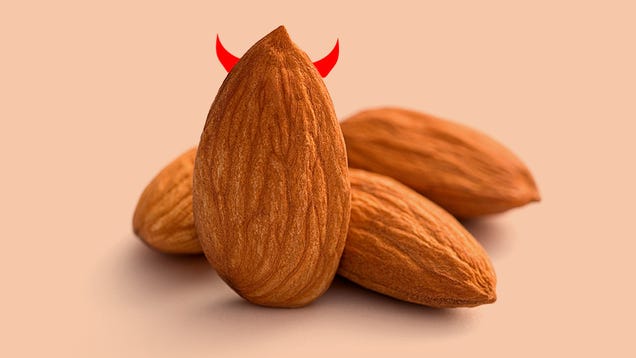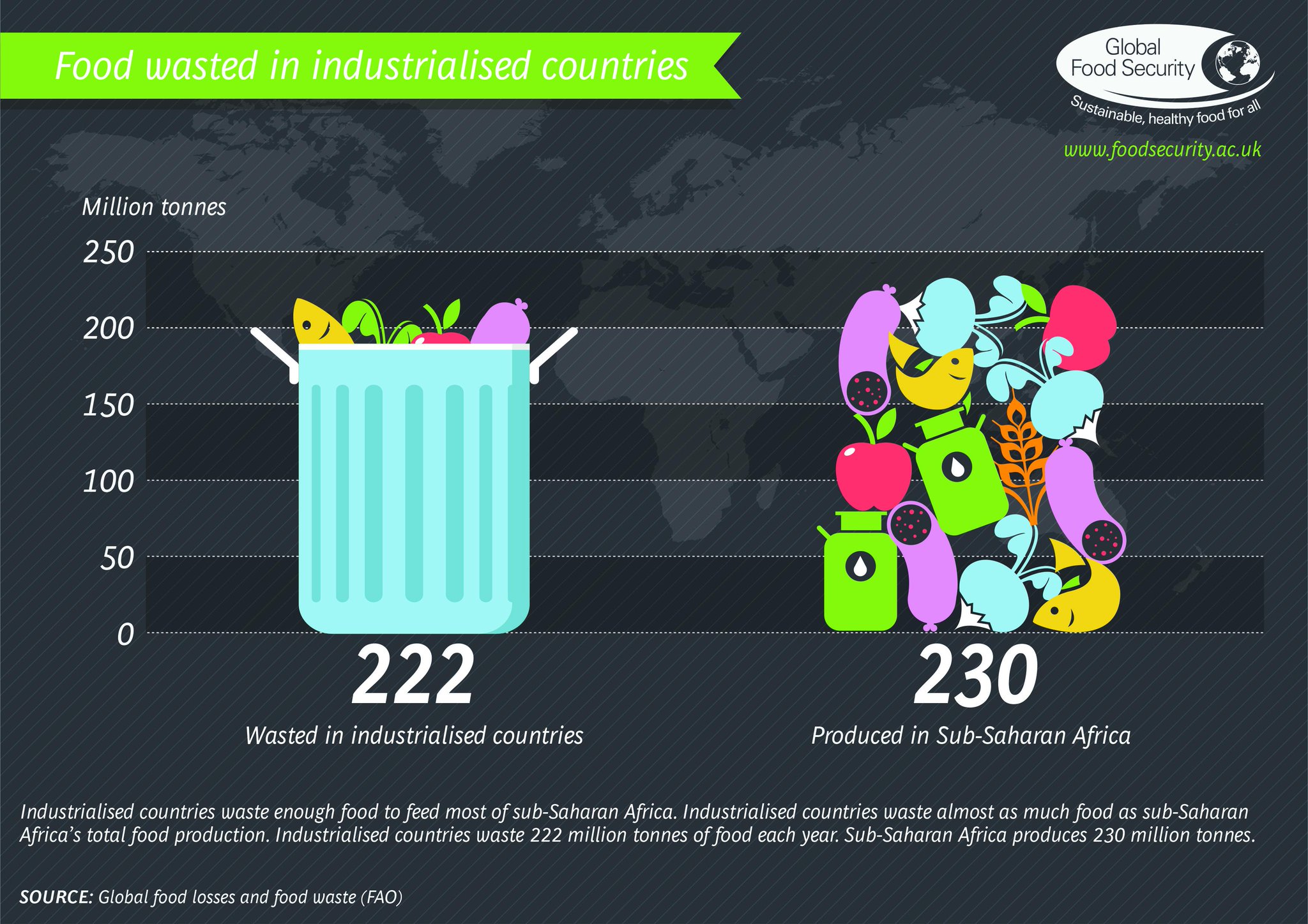Some details about this project: it was titled "One Third" because one third of the world's food goes to waste. It portrays the relationship between individual wastage of food and globalized food production. In addition, he inserts his own gathered data of the food's history such as it's carbon and water footprint as the photo caption.

Sort: Strawberries 'Elsanta' * Place of production: San Giovanni Lupatoto, Verona, Italy
Cultivation method: Foil green house * Time of harvest: June - October
Transporting distance: 741 km * Means of transportation: Truck
Carbon footprint (total) per kg: 0,35 kg * Water requirement (total) per kg: 348 l
Price: 7,96 € / kg

Sort: Chicken * Place of production: Behamberg, Austria
Production method: Farm * Time of production: All- season
Transporting distance: 183 km * Means of transportation: Truck
Carbon footprint (total) per kg: 3,54 kg * Water requirement (total) per kg: 1551 l
Price: 3,69 € / kg 
Sort: Whole meal bread * Place of production: Vienna, Austria
Production method: Factory production * Time of production: All- season
Transporting distance: around 120 km (cereals) * Means of transportation: Truck
Carbon footprint (total) per kg: 0,79 kg * Water requirement (total) per kg: 1608 l
Price: 3,55 € / kg

Sort: ALMO - Beef Place of production: Fladnitz an der Teichalm, Austria
Production method: Animal Farm * Time of production: All- season
Transporting distance: 124 km * Means of transportation: Truck
Carbon footprint (total) per kg: 13,33 kg * Water requirement (total) per kg: 5640 l
Price: 15,99 € / kg
References:
NATIONAL GEOGRAPHIC. (2014) Visualizing waste: Klaus Pichler's gorgeous rotting food. [Online] July 2014. Available from: http://proof.nationalgeographic.com/2014/07/16/visualizing-waste-klaus-pichlers-gorgeous-rotting-food/ [Accessed: 27/8/2015]







